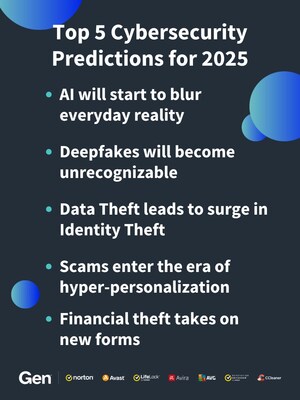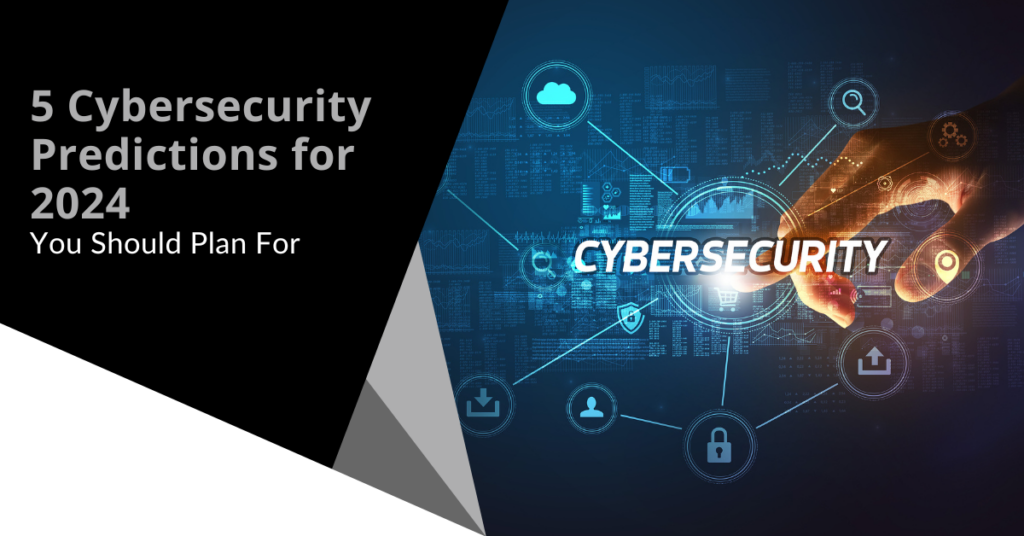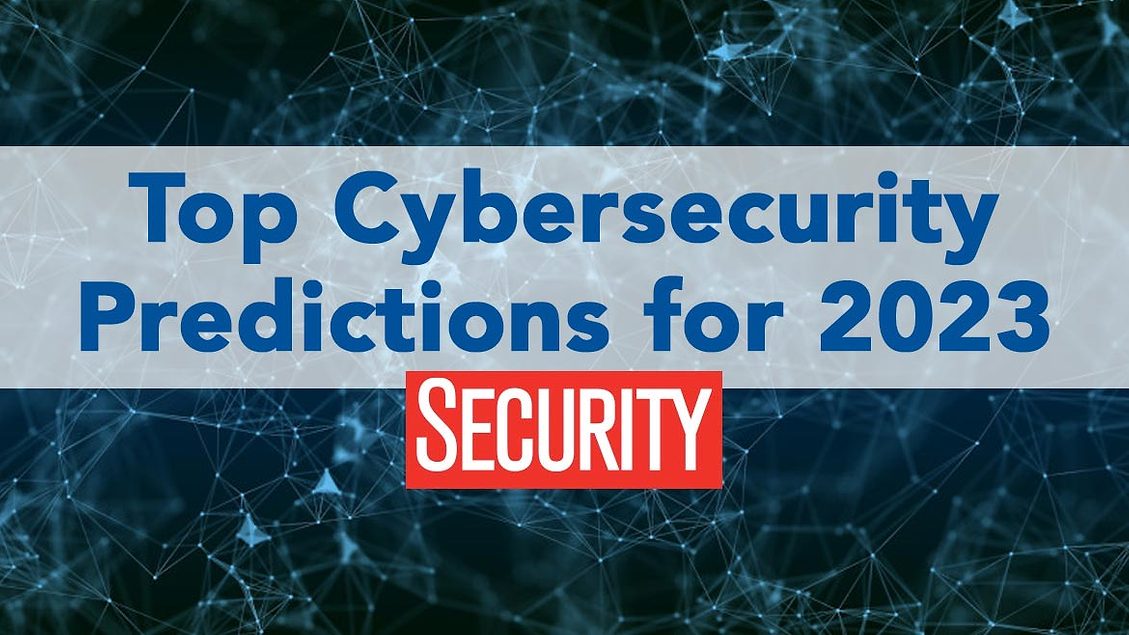The Following Frontier: Insightful Cybersecurity Forecasts for the Coming Year
As we come close to the brand-new year, the cybersecurity landscape gets on the edge of notable change. Trick elements such as the integration of innovative AI innovations, the inescapable rise of sophisticated ransomware, and the firm of information privacy laws are forming the future of digital protection. The continuous frequency of remote job continues to subject brand-new vulnerabilities that organizations need to browse. Understanding these dynamics is essential for expecting the difficulties ahead and tactically strengthening defenses, yet the effects of these changes remain to be completely checked out.
Increase of AI in Cybersecurity
In the quickly progressing landscape of cybersecurity, the assimilation of synthetic knowledge (AI) is becoming an essential force in enhancing risk detection and response capabilities. AI technologies, such as artificial intelligence formulas and deep discovering designs, are being progressively deployed to evaluate vast quantities of information and recognize patterns a sign of protection hazards. cybersecurity and privacy advisory. This allows organizations to proactively deal with vulnerabilities prior to they can be exploited
The surge of AI in cybersecurity is especially considerable in its ability to automate routine jobs, enabling human analysts to concentrate on even more intricate protection problems. By leveraging AI, cybersecurity teams can decrease response times and enhance the accuracy of threat analyses. AI systems can adjust and learn from brand-new threats, constantly refining their detection devices to stay ahead of destructive actors.
As cyber hazards end up being extra advanced, the demand for advanced options will certainly drive further investment in AI modern technologies. This fad will likely bring about the advancement of enhanced safety tools that integrate anticipating analytics and real-time tracking, eventually strengthening organizational defenses. The transition towards AI-powered cybersecurity options stands for not simply a technical shift but an essential adjustment in how organizations approach their safety approaches.
Increase in Ransomware Attacks
Ransomware attacks have come to be a prevalent danger in the cybersecurity landscape, targeting companies of all dimensions and across different markets. As we progress into the coming year, it is expected that these assaults will not only enhance in frequency but also in sophistication. Cybercriminals are leveraging advanced tactics, including making use of artificial knowledge and equipment learning, to bypass traditional security measures and manipulate susceptabilities within systems.
The acceleration of ransomware assaults can be connected to numerous aspects, including the rise of remote job and the expanding reliance on digital solutions. Organizations are frequently unprepared for the evolving threat landscape, leaving crucial infrastructure at risk to violations. The monetary implications of ransomware are astonishing, with business facing large ransom needs and possible long-lasting operational disturbances.
Additionally, the trend of dual extortion-- where attackers not just secure information yet additionally endanger to leak delicate information-- has actually gotten grip, additionally coercing sufferers to abide by demands. Therefore, businesses need to focus on robust cybersecurity procedures, including routine back-ups, employee training, and occurrence feedback planning, to alleviate the risks related to ransomware. Failing to do so could lead to ruining consequences in the year in advance.
Evolution of Data Personal Privacy Rules
The landscape of data personal privacy regulations is going through substantial transformation as governments and organizations react to the raising concerns surrounding personal information defense. In recent times, the implementation of detailed structures, such as the General Information Defense Regulation (GDPR) in Europe and the California Consumer Privacy Act (CCPA) in the USA, has actually established a criterion for more stringent personal privacy laws. These policies highlight consumers' civil liberties to regulate their data, mandating transparency and responsibility from companies that gather and refine personal info.

In addition, organizations will certainly need to improve their conformity strategies, buying innovative technologies and training to protect delicate details. The evolution of data personal privacy laws will not only effect just how companies run yet also shape consumer assumptions, cultivating a society of trust and safety in the electronic landscape.
Development of Remote Job Susceptabilities
As companies remain to embrace remote job, susceptabilities in cybersecurity have actually progressively pertained to the center. The shift to flexible work arrangements has exposed vital voids in protection methods, specifically as staff members accessibility delicate information from different places and gadgets. This decentralized workplace creates an expanded attack surface area for cybercriminals, that manipulate unsafe Wi-Fi networks and individual gadgets to infiltrate corporate systems.

To alleviate these vulnerabilities, companies must prioritize comprehensive cybersecurity training and apply robust safety frameworks that include remote job scenarios. This includes multi-factor verification, regular system updates, and the establishment of clear methods for information access and sharing. By attending to these susceptabilities head-on, companies can promote a more secure remote workplace while keeping operational durability despite evolving cyber risks.
Improvements in Hazard Detection Technologies


Positive hazard detection has come to be a keystone of modern cybersecurity methods, mirroring the immediate need to counteract progressively innovative cyber dangers. As organizations deal with a progressing landscape of susceptabilities, innovations in threat detection innovations are important in mitigating threats and boosting security poses.
One significant fad is the assimilation of artificial intelligence and machine knowing into risk detection systems. These technologies enable the analysis of vast quantities of information in actual time, permitting the recognition of abnormalities and potentially malicious activities that might escape typical protection actions. Furthermore, behavior analytics are being carried dig this out to establish standards for typical individual task, making it simpler to detect discrepancies indicative of a breach.
Additionally, the increase of automated danger knowledge sharing platforms promotes joint defense initiatives across sectors. This real-time exchange of information enhances situational recognition and increases reaction times to arising threats.
As companies continue to buy these innovative technologies, the performance of cyber defense devices will dramatically enhance, encouraging safety teams to remain one try this website step in advance of cybercriminals. Ultimately, these improvements will play a vital role in forming the future landscape of cybersecurity.
Conclusion
In recap, the future year is anticipated to witness transformative advancements in cybersecurity, driven by the assimilation of AI innovations and a remarkable boost in ransomware strikes. As information privacy laws become more rigid, companies will need to improve compliance methods. The recurring challenges presented by remote job vulnerabilities demand the execution of robust safety and security measures and detailed training. On the whole, these evolving dynamics highlight the critical significance of adjusting to an ever-changing cybersecurity landscape.